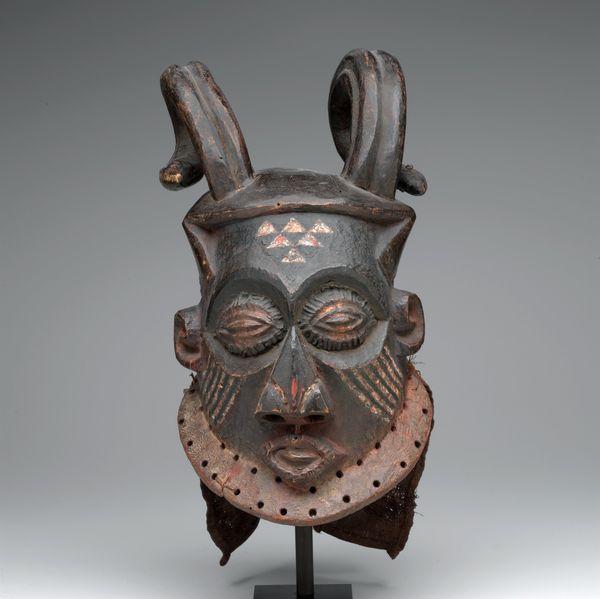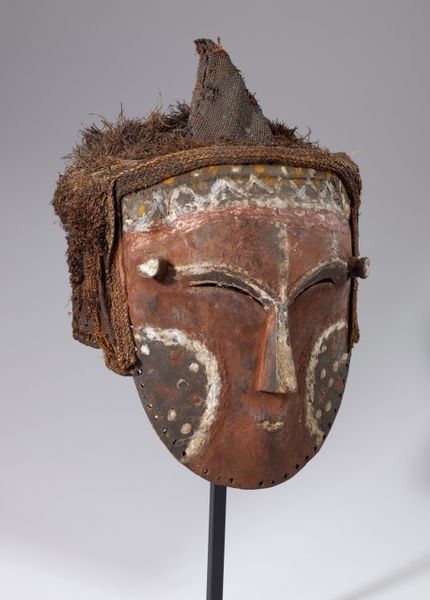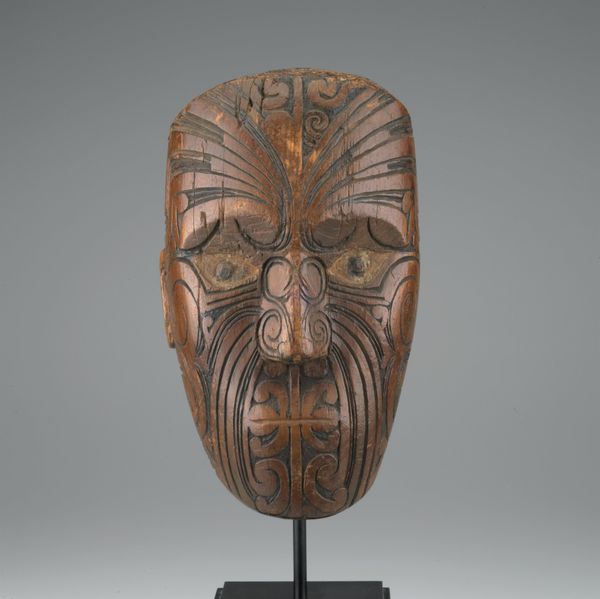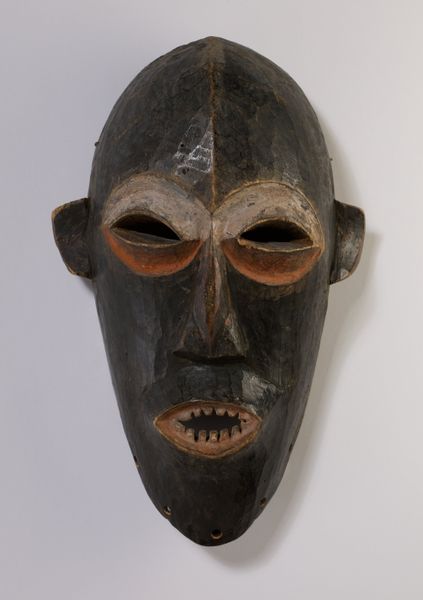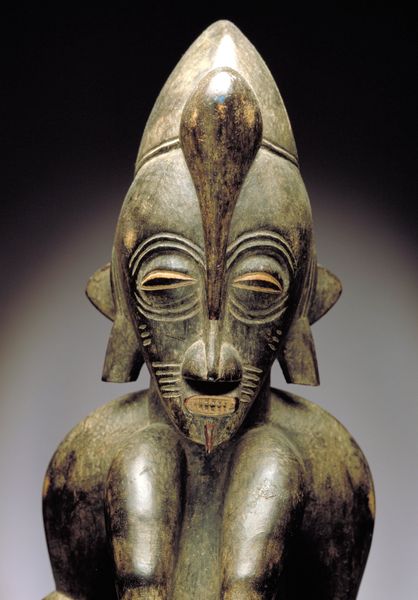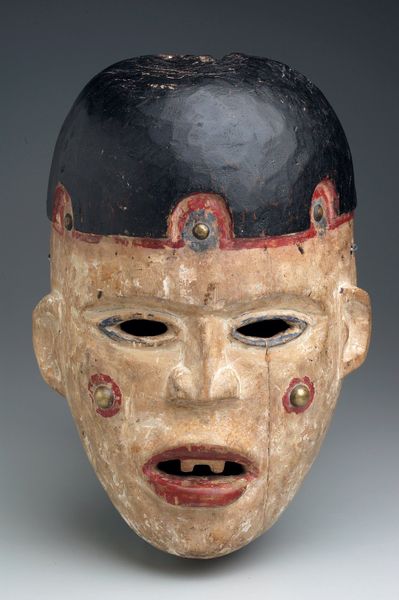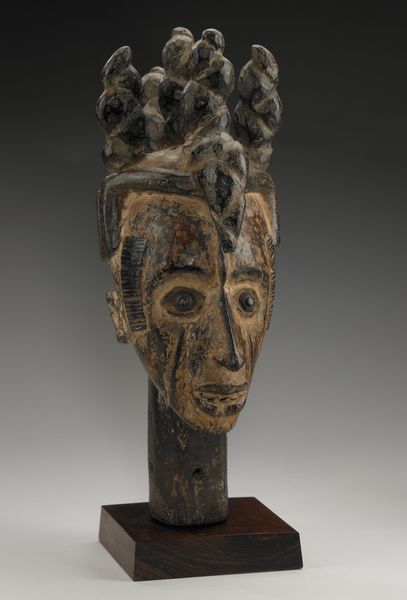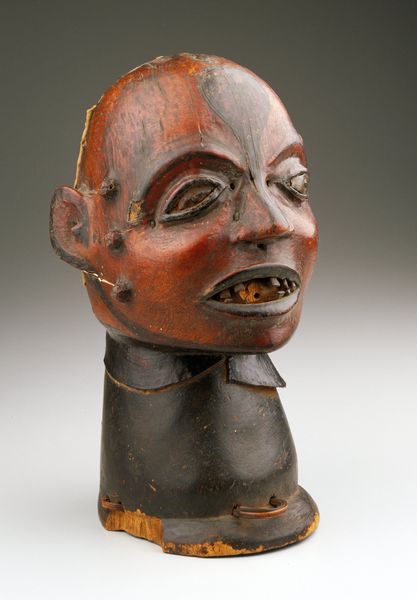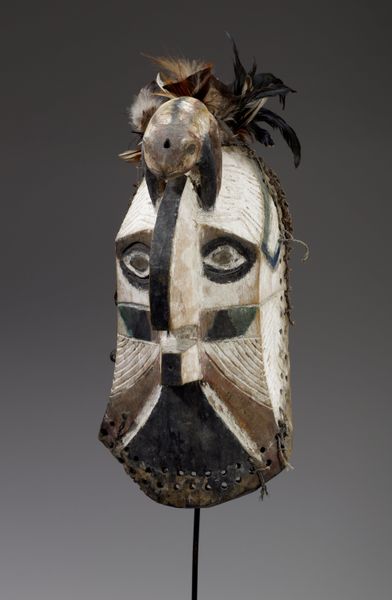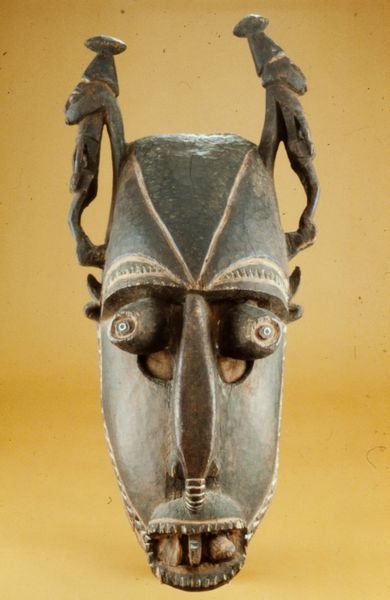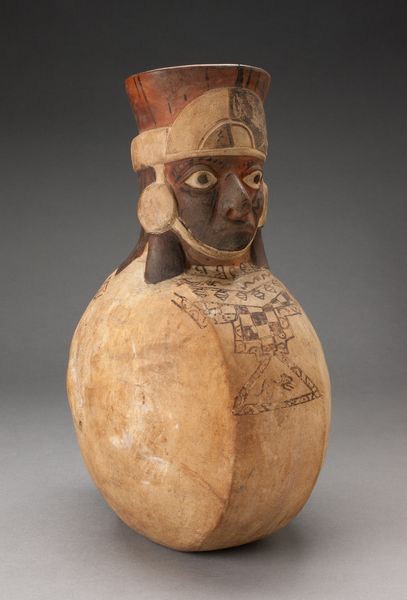
sculpture, wood
#
african-art
#
sculpture
#
figuration
#
sculpture
#
wood
Dimensions: 20 3/4 x 9 9/16 x 6 7/8 in. (52.71 x 24.29 x 17.46 cm)
Copyright: Public Domain
Editor: This is an anonymous "Mask," carved from wood sometime in the 1920s or 30s. I’m immediately struck by its intense stare. What significance might this mask hold beyond its striking visual presence? Curator: Considering this piece through an activist lens means asking: Whose story is often missing when we view art from this period? We see this mask labeled as "African Art," a broad and sometimes homogenizing category. How can we look deeper, beyond this generalized label, to understand the specific cultural and historical context from which it emerged? Editor: So, not just appreciating the artistry but understanding its origins and purpose within a community? Curator: Precisely. Masks often serve complex ritualistic or social functions. What power dynamics might be at play? Was this mask used in ceremonies that reinforced existing social structures, or did it provide a space for resistance or commentary? We need to be aware of how colonialism impacted artistic expression. Editor: Colonialism’s impact... So, how might colonial forces have influenced the creation or even the interpretation of a mask like this one? Curator: Colonialism could have impacted everything. Consider resource extraction - was the type of wood available influenced by colonial trade? How were the mask's purposes impacted by imposed religious beliefs or social structures? Did its potential meaning get distorted when displayed out of context? It's a constant process of questioning. Editor: That is… incredibly thought-provoking. I never considered the colonial implications of something that seems, on the surface, to be purely cultural expression. Curator: It's a critical reminder that art doesn't exist in a vacuum, it interacts with broader social and historical forces, so context really is key here. Editor: I see that. I'm definitely walking away with a broader understanding of this piece and art in general. Thanks!
Comments
minneapolisinstituteofart almost 2 years ago
⋮
This mask, with its deep set eyes and strong, hooked nose, is the embodiment of an ancestor spirit from Manam Island, located at the mouth of the Ramu River just off the northern coast of New Guinea. It used to be adorned with shell jewelry in its pierced ears and nose, demonstrating respect for the ancestor. Worn as part of a larger fiber costume, the mask was held in front of the face with a bite stick, still present on this example, which was clamped in the wearer's teeth.
Join the conversation
Join millions of artists and users on Artera today and experience the ultimate creative platform.
